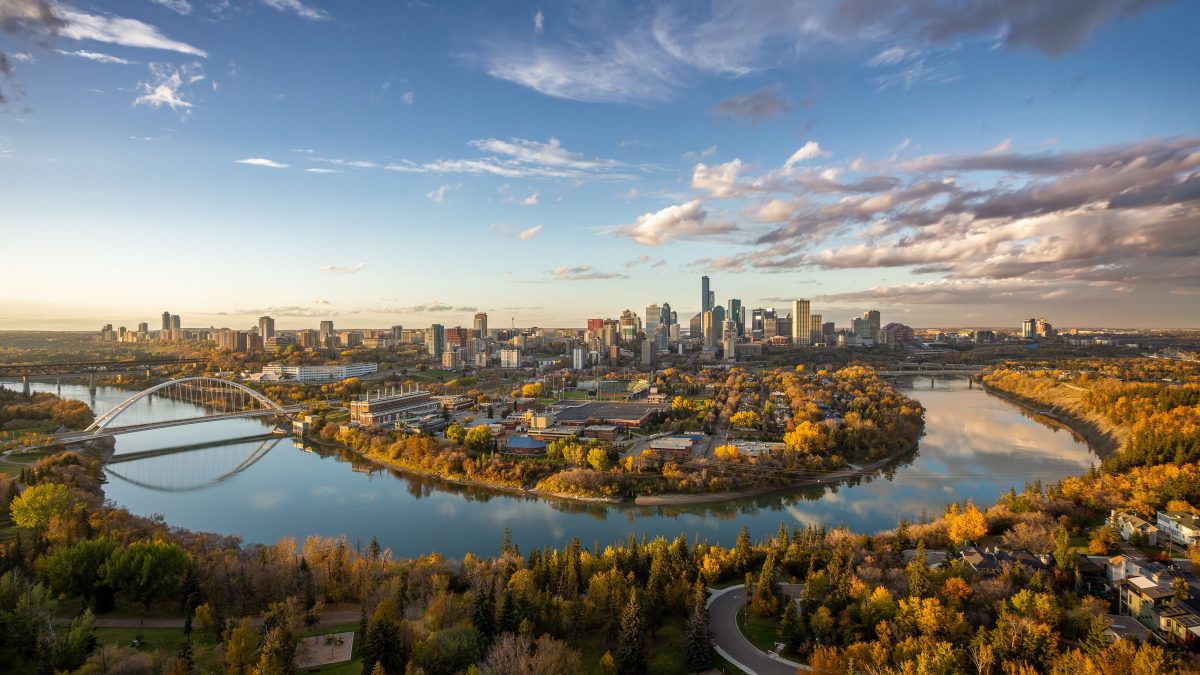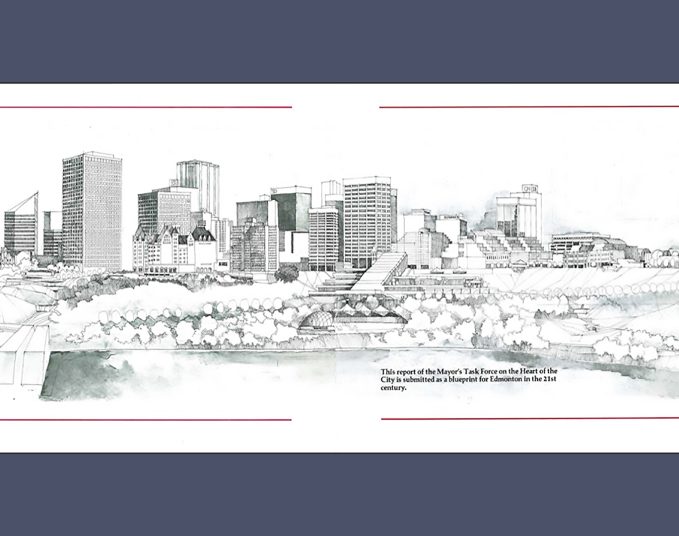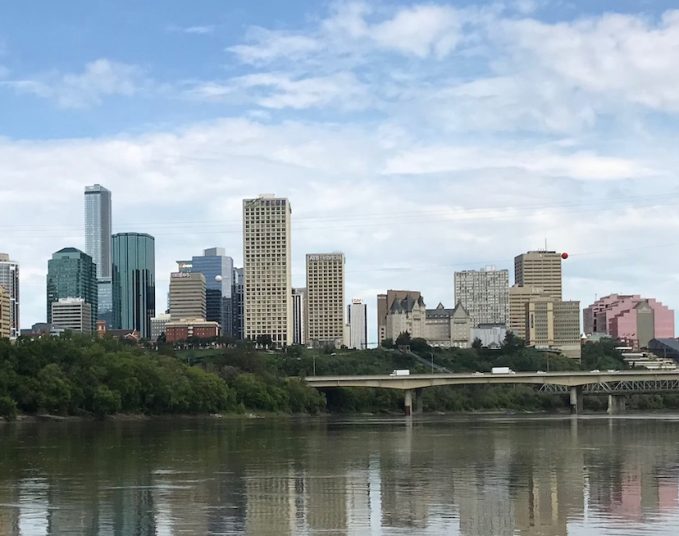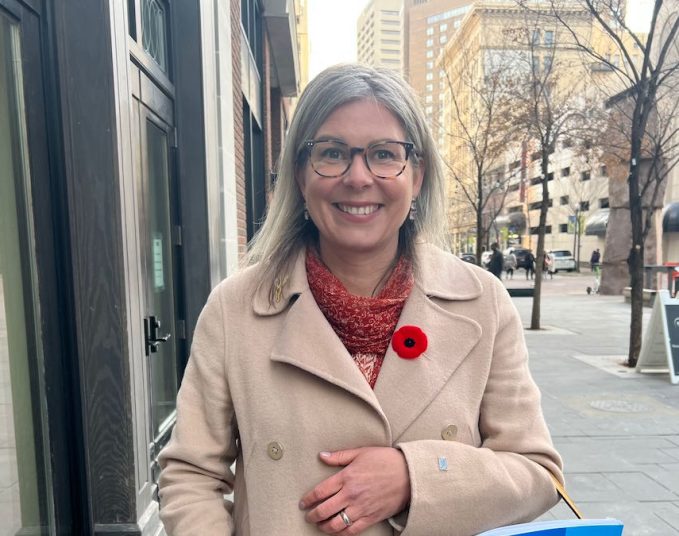When you map out a wish list with a potential of $427 million in asks from City Hall, the province and the feds, you know that you won’t get everything you want.
Alex Hryciw, chair of the Downtown Recovery Coalition (DRC), is the co-author of a new plan that asks for all levels of government to pay more attention to the flagging fortunes of the downtown core. The Downtown Investment Plan, which is endorsed by the DRC, the Edmonton Chamber of Commerce, the Downtown Business Association, BILD Edmonton Metro and other downtown stakeholders, paints a concerning picture of the core, and outlines what governments can do to help.
Of course, cynics will see this as a big ask for dollars in a time when government — especially our cash-strapped City Council — is talking about making budget cuts in order to keep a tax hike under 13 per cent.
But Hryciw sees some of these asks as not only reasonable, but must-haves for Edmonton’s downtown.
“Do I think everything on the list will get funded? No. Do I think there are easy, low-hanging-fruit wins? Yes,” she says.
“And the total price of what we’re asking for is about the same kind of money the City has put into Blatchford,” she says. “It’s not about whether or not the City has money, it’s really about how the City spends the money.”
The biggest ask is for $100 million, from all three levels of government, to create an “attainable housing fund” for the core. The City hasn’t issued a residential development permit for downtown since 2021, and there is a glut of unused office space and a shortage of living spaces. A push for Edmonton to follow Calgary’s lead and put aside funding to help developers convert office towers into residential space was rejected by council earlier this year — with budget implications being the concern.
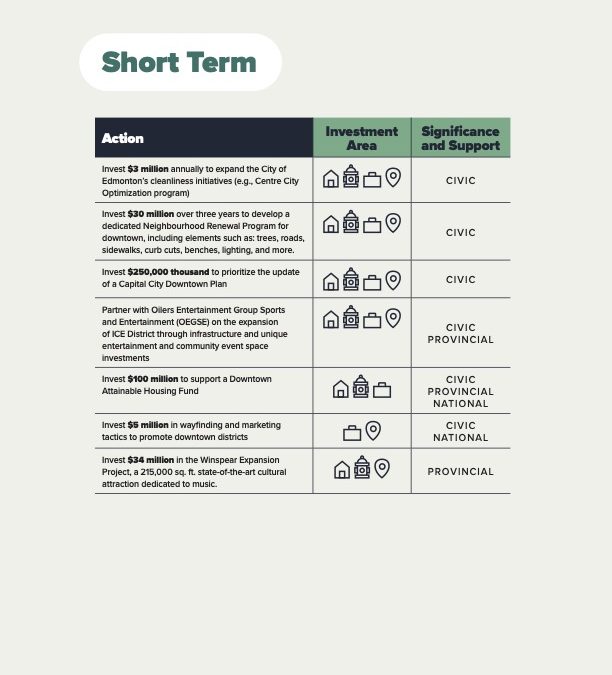
“This is not something that I can justify to taxpayers, that it’s OK to subsidize private industry with tax,” Mayor Amarjeet Sohi said when the vote was taken.
But, the report says that downtown’s tax contribution to the city as a whole has dipped from a traditional 10 per cent to 6.4 per cent — and it’s dropping. Hryciw says that people who live out by the Henday have to recognize that a suffering downtown affects their tax bills, as well — as they’ll be the ones asked to make up for the shortfall.
“What is it that we’re doing when we don’t prioritize the economic centre of the city?” says Hryciw.
Other asks include $3 million from the City for keeping downtown clean, $30 million in revitalization funds that would go to things like lighting, benches, planters and other fixtures to make the core more attractive; $34 million from the province to invest in the Winspear; $35 million to beautify LRT stops and install turnstiles, to create a real fare-collection point for the trains rather than relying on proof-of-purchase. And, there’s a $25 million ask to create a real commuter connection between downtown and the Edmonton International Airport.
The question is: Why have all these groups gathered together to come up with this wish list? Because they want to show that the business community and other downtown stakeholders have a united front. Hryciw said Edmonton suffers when City Council squabbles with the provincial government, and the province squabbles with the feds.
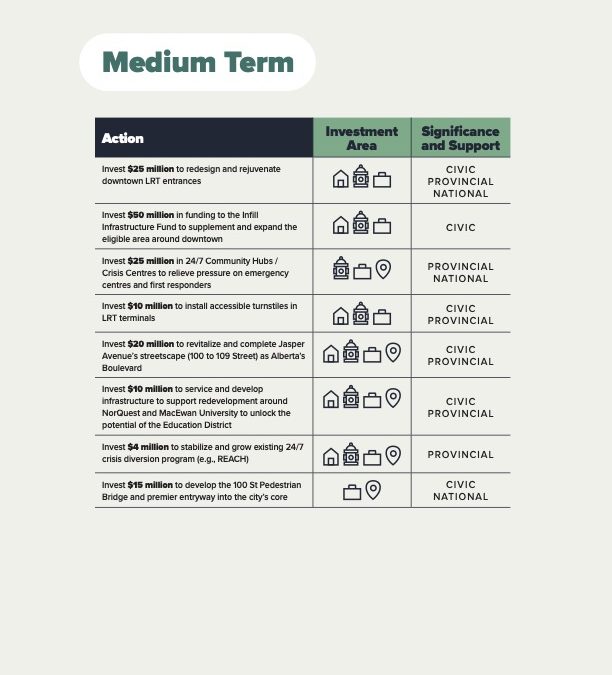
And, the province asked these stakeholders to do it. That, too.
Hryciw says that this council, and the one that preceded it, have both been guilty of not having a cohesive vision for downtown. And she says that downtown suffers because of it. The Winspear is being revitalized, but she worries that there isn’t a focus on the vibrancy of the Arts District as a whole. NorQuest College and MacEwan University are both in the midst of aggressive expansion plans, but she says that needs to be backed by City support to make the Education District more desirable.
“There’s no cohesion, not from council or administration. We have no sort of downtown development corporation, like other cities do. So, we have holes.”
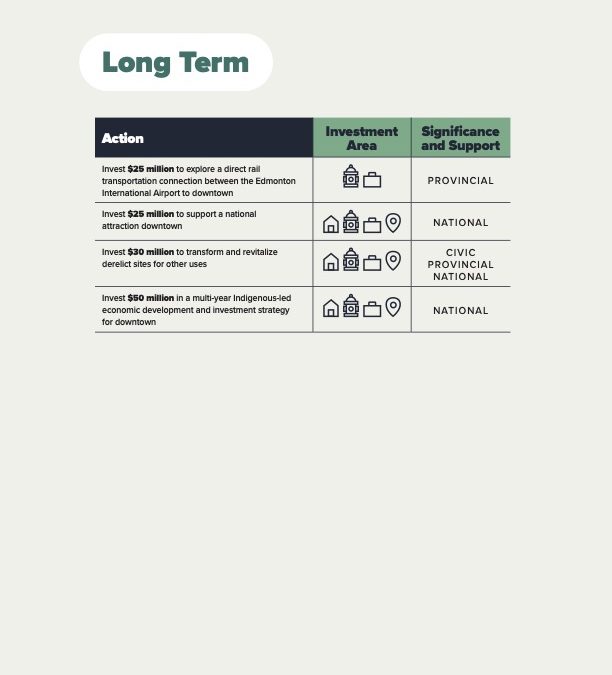
Savvy AF. Blunt AF. Edmonton AF.

